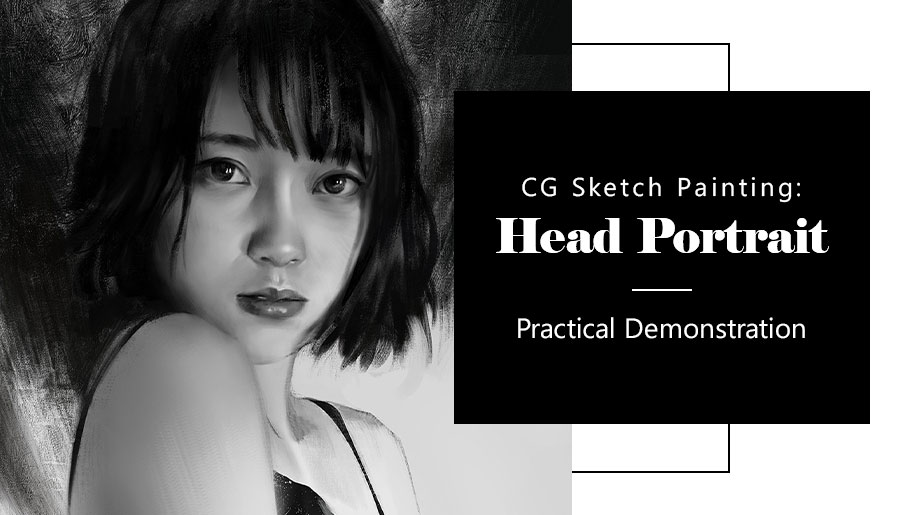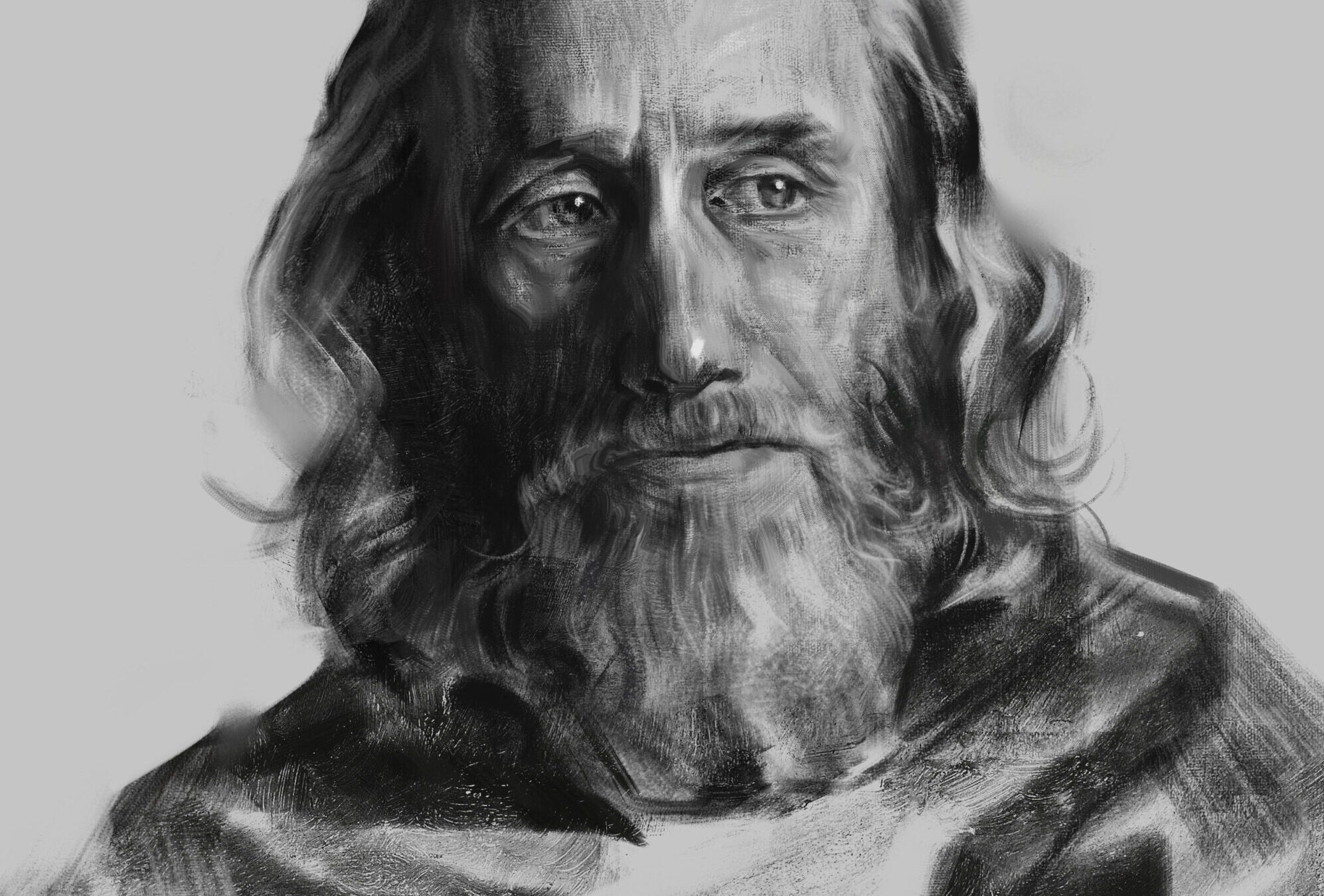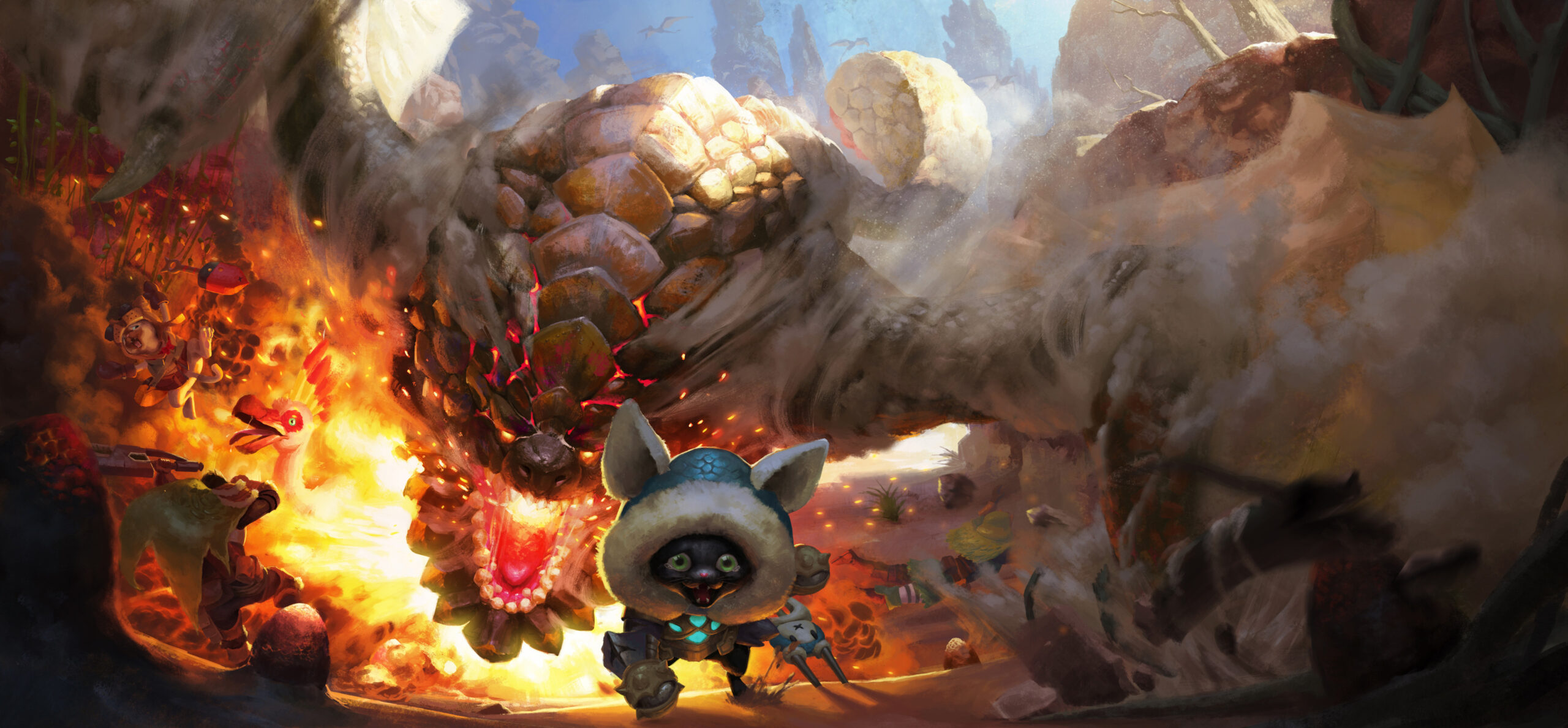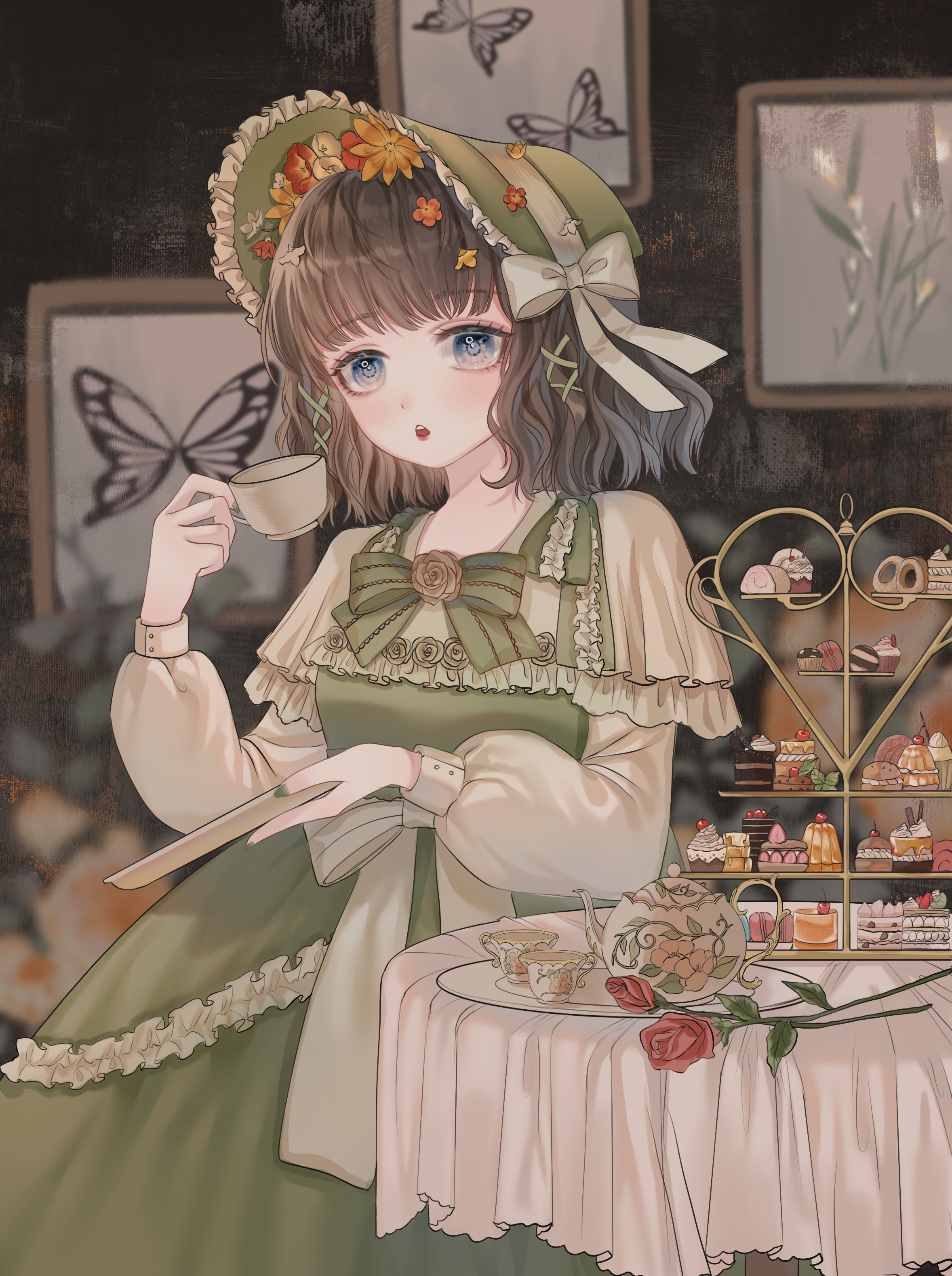Illustration Tips: Sketching in Photoshop
Digital sketching lets you create the image you want and experiment with an endless array of brushes, colors, and styles – easily, naturally, and without consuming precious materials. Pretty cool, right?
Digital sketching with Photoshop is nothing new, but learning to paint freely digitally can be difficult.
Creating quick but compelling images that you can share almost every day is a great goal, and it’s fun.

1. Accepting mistakes
Digital sketching is a low-risk scene, so try not to overemphasize drawing. It’s okay to make mistakes at first. Embrace it and try not to worry about the details. The initial rough sketch’s main goal is to jot down your crazy ideas and then build on them. It may look like a Rorschach quiz, but as long as it makes sense to you, you’re doing it right.
2. Using the right brush
The golden question for artists is what kind of brushes they use. The simple hard round brush is the one that most people prefer. It isn’t anything fancy, but there is beauty in its pure simplicity. For quick sketches, you can set the opacity and flow of the circular brush to 100% and the brush pressure to zero, so it’s almost like a marker. If you use something this detailed, keeping the brush simple in this way will eliminate the desire to start rendering while sketching.
3. Following your intuition
When you start sketching, be sure to draw quickly and confidently. Cover up mistakes and don’t spend too much time erasing. If you are not happy with the way the drawing is going, simply start a new layer to build something new or iterate again. Through this process, eventually, something will happen and you will know when it feels right. Many times you may not know what you want to draw until it’s directly in front of your eye.

4. Keeping up with the rhythm
When doing some digital sketching, there are many times when you may not have your hand raised and the tip of your pen remains on the screen. You can let your arm move in little rotations. While it does cause some visual confusion, this method produces a lot of happy surprises when drawing. It helps me to be less rigid and to follow the rhythm of the drawing.
5. Maintaining Looseness
After some sketching, ideally, you can create something that you want to push further. At this point, you can create a new layer, while reducing the opacity of the previous layer so you can easily draw on it. When starting a “cleaner” drawing, it is important to keep it loose and not rigid. Reinforce the designs and shapes you’ve come up with. Perhaps you often stray too far from the sketch and are not satisfied with the drawing. You chose to continue your sketch for a reason, so don’t ignore it too much when fleshing it out.
6. Learning to withdraw
You need to make sure you don’t waste a lot of time with things you are not happy with. If you draw on a sketch you like and it doesn’t work well, don’t hesitate to withdraw it. Only you can know if something is working for you. There is a fine line between undoing enough and undoing too much. Trust your instincts and stop when it doesn’t work.

7. Using a limited palette
Digital media can access every color there is. While this is truly amazing, I think limiting yourself to a few key colors is actually a better strategy. Using a limited palette helps the sketch feel cohesive. Using too many colors can sometimes create a sense of confusion and lack of focus. Stick with one or three primary colors initially. Later, you can switch between the values of each tone as you elaborate.
8. Using bold colors
Color is the most important piece of the puzzle when it comes to creating compelling artwork. When posting a sketching without color, the latter will always get a stronger reception compared to the same drawing with added color. So, if it echoes your artistic vision: be bright and bold. It doesn’t hurt to take inspiration from photos or other artists’ color palettes.
So, you think that’s all the tips above? Of course not. Due to time constraints, we will continue to post the rest of the content tomorrow. Feel free to stay tuned to Wingfox.
Illustration Tips: Tell a Story with Your Illustrations
An illustration, a piece of artwork, is itself created to express the artist’s own inner thoughts and reflections. Sometimes it reflects the reality, sometimes it is mapping the bad phenomenon of the society. In short, a good artwork, one of the most core is to be able to move people’s hearts and resonate with them.
Post a Comment
要发表评论,您必须先登录。













Pingback: Illustration Tips: Sketching in Photoshop II - Wingfox
2022-03-11Pingback: Illustration Tips: Sketching in Photoshop | art...
2022-03-14